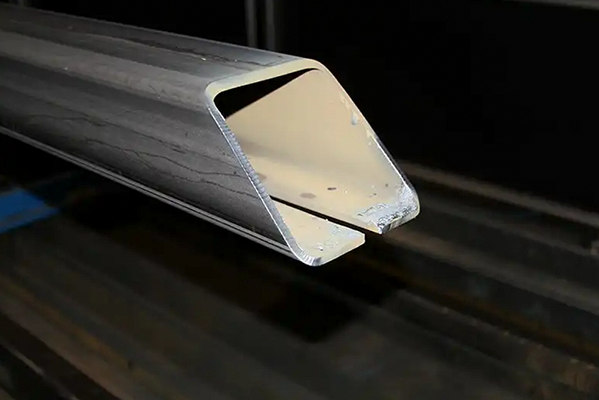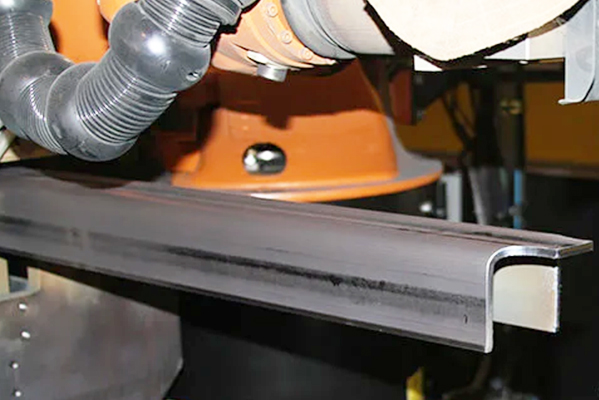Navigation Menu
Contact Us
- Email:
- info@wxavatar.com
- Address:
- Yurong Village, Yuqi Street, Huishan District, Wuxi, China.
Release Date:Jun 28, 2025 Visit:42 Source:Roll Forming Machine Factory
In today’s competitive manufacturing landscape, automation continues to reshape how metal processing equipment is designed and used. Among the equipment seeing notable transformation is the hydraulic long folder system. By integrating automation, these machines have evolved into highly efficient tools that support productivity, consistency, and operational ease. But what does this integration look like in practice?

Automated Backgauge Systems
One of the most prominent areas of automation in hydraulic long folders is the backgauge system. Modern machines are equipped with programmable backgauges that automatically position material for each fold. This eliminates manual measuring and adjustment, reducing setup time and improving accuracy across complex bend sequences. With multi-axis movement capabilities, these backgauges can support custom folding patterns with minimal operator input.
CNC Control Integration
Computer Numerical Control (CNC) technology is a cornerstone of automation in hydraulic folding. Operators can input bending programs into a touchscreen interface, allowing the machine to automatically execute a series of bends with precision. CNC systems often include job memory features, making it easy to recall previously saved tasks—especially beneficial for repeat orders and batch production.
Robotic Loading and Unloading
In high-volume or labor-intensive operations, some manufacturers integrate robotic arms or conveyors to assist with material handling. This level of automation reduces the need for manual lifting and repositioning, particularly for large or heavy panels. Robotic systems can load blanks into the folder, align them accurately, and remove finished parts after bending—creating a more streamlined, continuous production process.
Real-Time Monitoring and Diagnostics
With the rise of smart manufacturing, many hydraulic long folder systems now include sensors and data monitoring tools. These features track machine performance, monitor hydraulic pressure, and provide real-time feedback on system health. Operators and maintenance teams can receive alerts for potential issues, allowing for preventive maintenance and minimizing unexpected downtime.
Safety Enhancements Through Automation
Automation has also improved safety on the shop floor. Advanced folding systems use light curtains, safety scanners, and interlock systems to detect operator presence and prevent accidental movement of machine components. Automated safety protocols ensure consistent enforcement of best practices, helping reduce workplace incidents during long production shifts.
Flexible Production Scheduling
Modern automation features enable quick changeovers between jobs, even when dealing with different materials or complex profiles. The ability to switch programs without extensive retooling gives manufacturers more flexibility in managing production schedules and responding to custom orders.

Conclusion
Automation has become a critical component in the advancement of hydraulic long folder systems. From intelligent backgauges and CNC controls to robotic handling and real-time diagnostics, these features collectively enhance efficiency, accuracy, and safety. As manufacturers continue to seek out ways to optimize operations, automated hydraulic long folders represent a forward-thinking solution for modern metal fabrication needs.